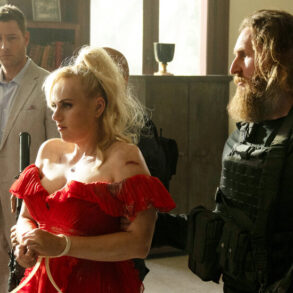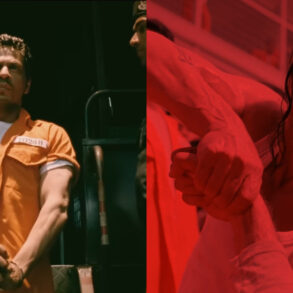About 40 minutes into Netflix’s new spy thriller Heart of Stone, protagonist Rachel Stone (Gal Gadot) and her team are attacked in a safe house in Portugal. After a thrilling fight filled with impressive stunt falls and breaking glass, Stone drives an unwieldy van through the narrow cobbled streets of Lisbon, chased by vehicles filled with baddies firing guns at her and her team.
There are explosions, bone-crunching hits, and a large van jumping over an entire staircase before careening into the Praça do Comércio. It’s all a solid showcase for Heart of Stone’s action ethos, which prioritizes more “reality-based” action than many of its modern peers, stunt coordinator Jo McLaren tells Polygon.
“We had a brilliant script, and it was high-octane action,” McLaren says. “Cars, fights, aerial, snow, water, we just covered everything. For a stunt team, it absolutely tops the bill for us. Our favorite movie we’ve done because the people we work with were just incredible.”
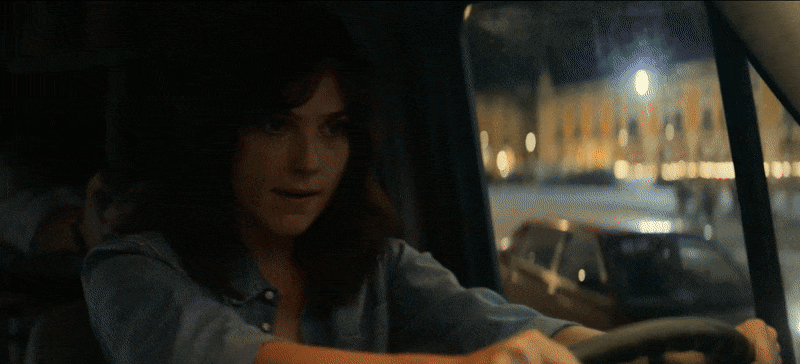
Image: Netflix
McLaren is a veteran stunt performer and coordinator who doubled Angelina Jolie in Lara Croft: Tomb Raider and Rachel Weisz in The Mummy in addition to stunt work in multiple MCU and Harry Potter movies. She has since gone on to coordinate stunts in Paddington 2, Annihilation, Doctor Strange in the Multiverse of Madness, and the upcoming The Marvels and Wicked. Heart of Stone clearly takes inspiration from the Bourne, Bond, and Mission: Impossible franchises, and McLaren says she was “very blessed” to be able to work on a film that did so. According to director Tom Harper in Netflix’s press notes, he wanted its hero to feel “human rather than some sort of superhero.”
“We prefer it. It’s so nice,” McLaren says. “I love superhero movies, but I’ve done a lot of them. And so it was very nice for me as a coordinator to do ground-based reality with a female lead.”
The found-in-the-world locations for Heart of Stone’s action set-pieces range from those cobbled streets of Lisbon to the snowy Alps. Shooting on the ground presents infrastructure challenges (“We can’t get rigging gear up a ski slope,” McLaren jokes), but they were the kind the team was up for.
McLaren credits second unit director Rob Alonzo (“brilliant”), assistant vehicles coordinator Rob Hunt (“he knows vehicles inside out”), and the “best drivers in the world” for building a sequence atop Lisbon’s slippery cobbled roads, all while keeping the stunt crew and the historic streets safe. The team built ramps over some of the more delicate staircases to prevent damage if something went wrong, and had buffer cars placed in key locations to stop the stunt cars from colliding with the walls, as well as stunt drivers in vehicles ahead of, behind, and beside the action.
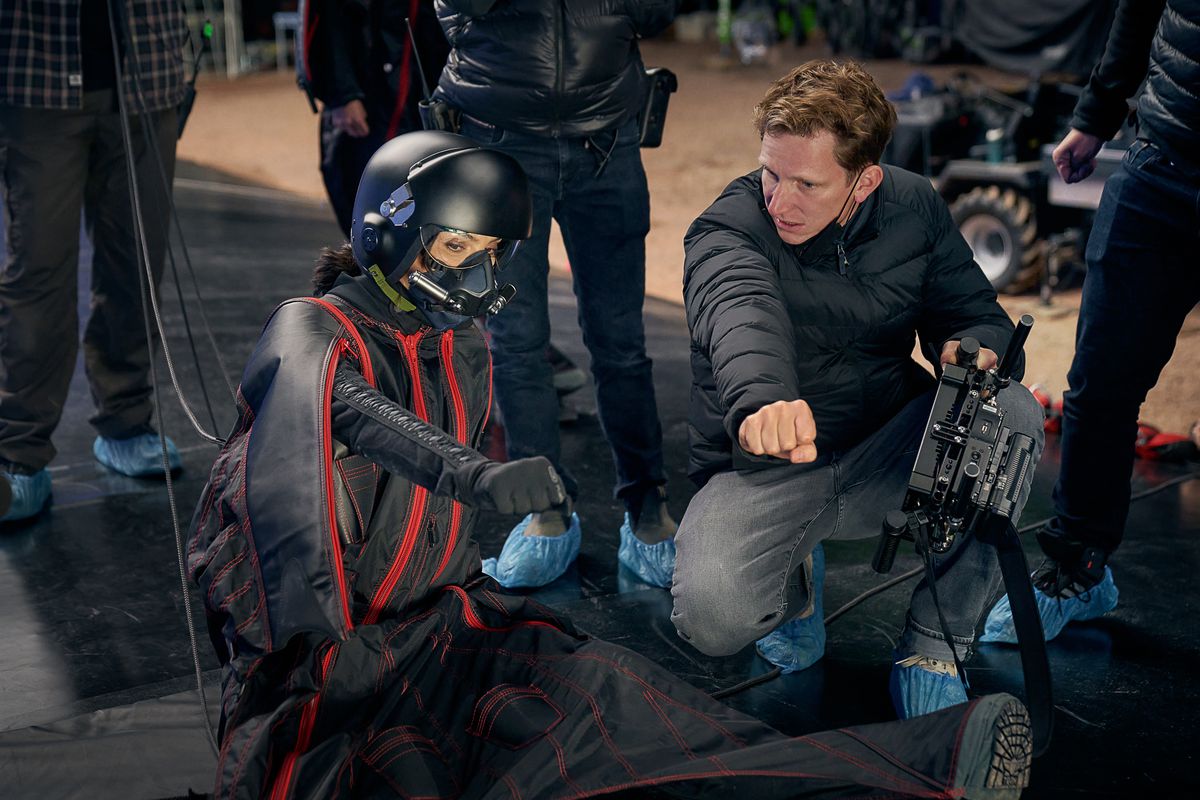
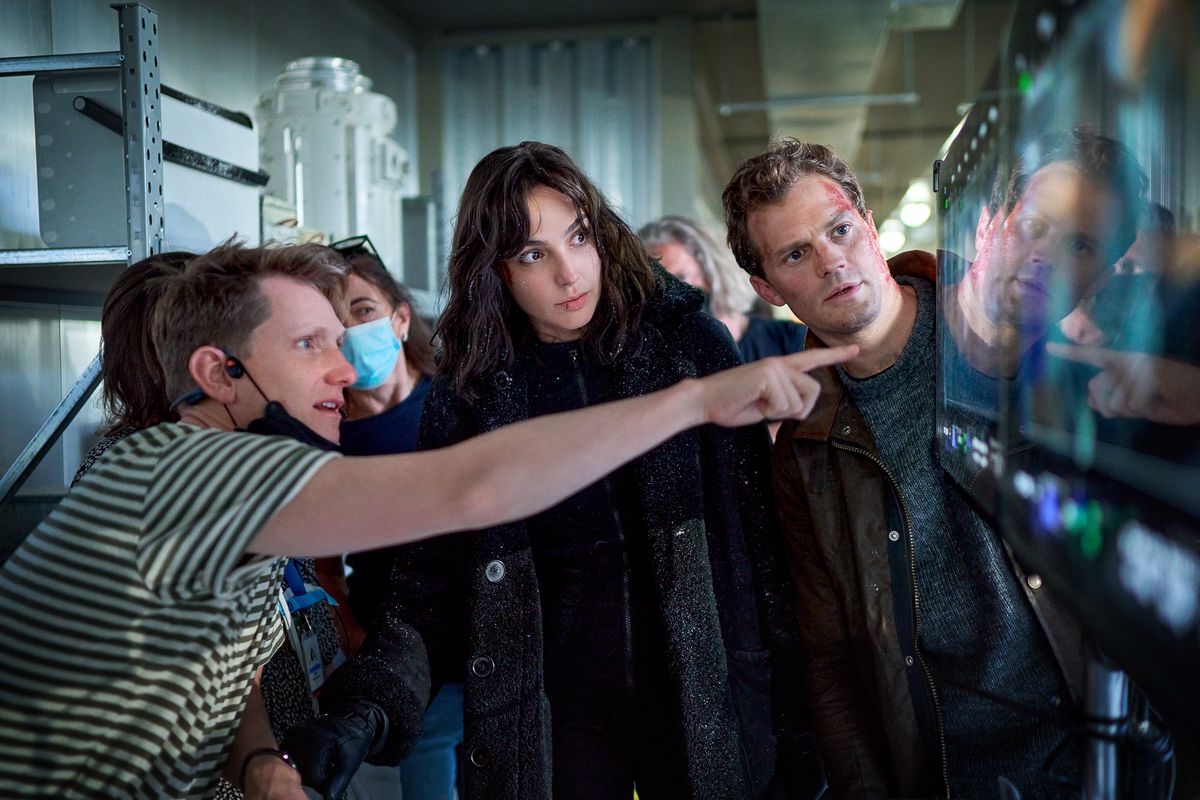



The sequence was inspired by a trip Harper took to Portugal with his wife about five years ago. In his notes on the film, he says he was struck by the textures of the iconic black-and-white cobblestone streets and the way they reflect light, and made a note to film a car chase scene there whenever he could. When the Heart of Stone script came along, it was the perfect opportunity. He says the Portuguese government was “wonderfully accommodating” of his desire to speed cars through 500-year-old streets and that, in return, the film’s production team left Lisbon in one piece. But not everything went unscathed. “We did damage things,” he admits. “We damaged cars and we broke a lot of cameras.”
The Lisbon chase sequence is preceded by one of the movie’s best fight scenes, a brawl in a safe house where Stone (and Gadot) shows her martial prowess. McLaren said it was one of her favorite action sequences in the movie because of the technical fighting on display and the use of the environment, a set created by production designer Charlie Wood as a facsimile of a real place he found.
“You just had incredible light, incredible kind of fluidity of one room moving into the other and so many different perspectives that you could see,” McLaren says of the set. “So when we were creating the fight, it was so interesting for us because we were able to use mirrors and shadows and just make it as interesting as we could.”
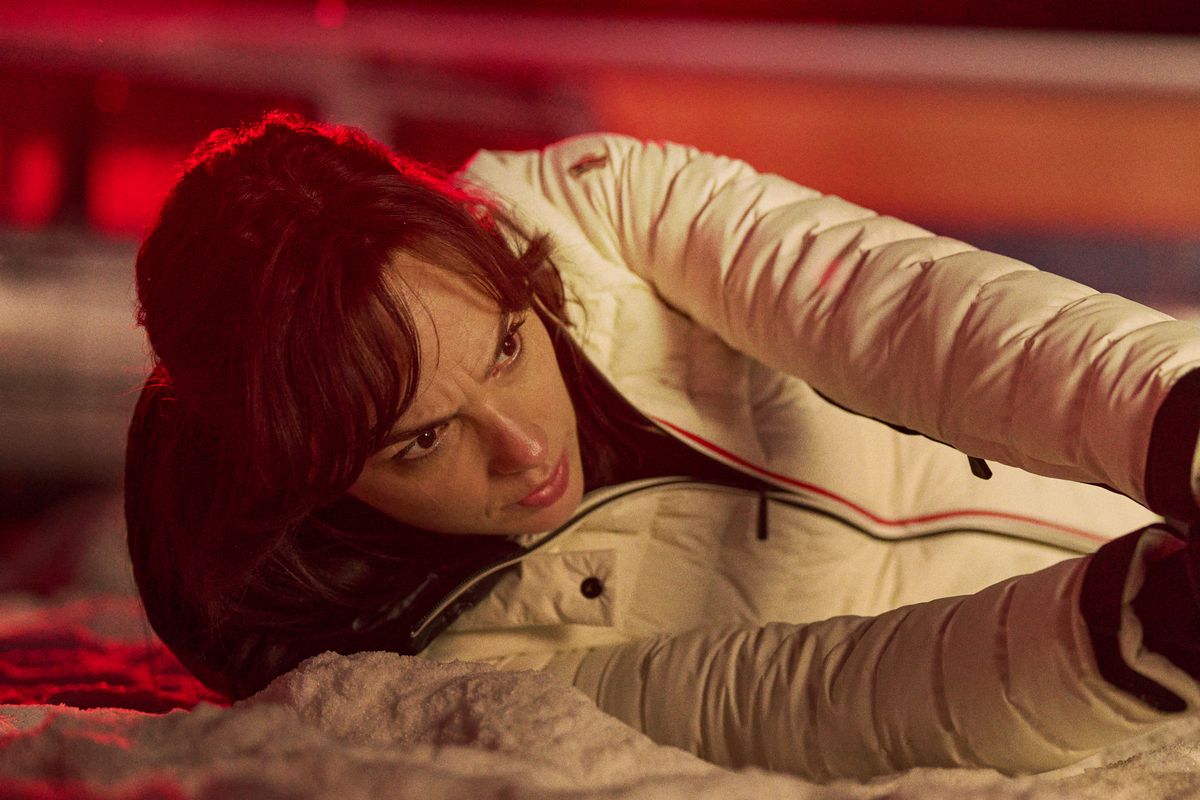



Photo: Robert Viglasky/Netflix
This was McLaren’s first time working significantly with Gadot; the two worked on Fast & Furious 6 and Criminal together, but not closely. She came away impressed at how quickly the star picked up the choreography and how game she was for difficult stunts, including wirework.
“The amount of rehearsal she needed was minimal because she was so quick to pick things up,” McLaren says. “Roll a camera on her. She’ll just nail it.”
In a comeback role of sorts for the star after poor reviews for Wonder Woman 1984 and Red Notice, Gadot certainly does nail it in Heart of Stone’s action sequences. The Portugal sequence is one of many impressive set-pieces in the movie, including an aerial sequence that involved real skydivers, the explosion of an Icelandic glass concert hall (“Somehow, they didn’t say no,” Harper says), and a thrilling opening sequence at (and below) Glacier Hotel Grawand in Senales, Italy, the highest-elevation hotel in Europe. It all combines in Heart of Stone for one of Netflix’s strongest original action offerings yet, where camerawork and craftsmanship are front and center.
“It’s like old moviemaking, doing things for real on location,” McLaren says of the job. “And dealing with those challenges. I just think it shows on camera; it gives you a real tone and a feel to the whole atmosphere of the movie.”
Heart of Stone is now streaming on Netflix.
This post was originally published on this site be sure to check out more of their content.




